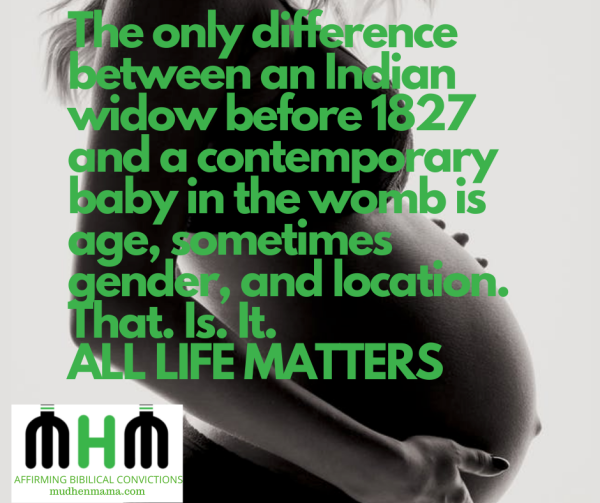
I first heard this the other day from Matt Walsh: “Yes, we’re coming for your abortion rights. We want to burn the whole industry and leave it in ashes… I’m happy that we scare you. We speak for the children you wish to slaughter. We will be heard.” Is it me, or does that sound antagonistic and combative? Youch.
I realized that I had a level of discomfort with this rhetoric and I had to ask myself why? Is it wrong to want to burn this thing called abortion to the ground? Why can’t we just lovingly convince people not to kill their offspring? Can’t we be rational and argue the point, rather than use such divisive language?
India’s innocent and vulnerable
And after thinking about this for a while, I realized a couple of things. The LORD brought to my mind India. I remember hearing about the practice called sati, which was the Hindu ritual of burning to death a wife on the funeral pyre of her deceased husband. According to Indian Hindu’s, this was supposed to show the woman’s total devotion to her husband and an appropriate sacrifice. Sometimes it was voluntary, and sometimes it was not.
It’s insane to think the practice started around the 500’s and didn’t end until 1827. Lots can be said about the colonization of India by the West, or specifically Britain, but this was by far the best practice that was outlawed because of British rule. Apparently there WERE people from India who wanted to stop the ritual, however, their efforts were all unsuccessful. Thankfully, by the time the British put an end to this horrific practice, there were many Indians who welcomed the change.
Imposing Christian values on people
What is interesting was the reason the British gave to ridding India of this practice, despite the affront to the religious practices of this conquered people. “In 1827 the Governor-General of India, Lord Bentinck, finally outlawed the custom in its entirety, claiming it had no sound theological basis (James 1998).” He had been convinced by Christian activists that “it was the duty of a Christian government to reflect Christian and British values in the Indian administration.”
Isn’t that interesting? A Christian government imposing its convictions on a conquered land. Isn’t that bigoted? Well, only if you live in America in 2021. Praise the good LORD that there were Christian activists who stood in the gap and spoke up for the vulnerable and innocent widows of India. They successfully argued to stop this barbaric Hindu religious practice, despite the potential push-back.
So why have I brought this up? Because the only difference between an Indian widow before 1827 and a contemporary baby in the womb is age, sometimes gender, and location. That. Is. It.
Christian activists
Just as there were Christian activists fighting to protect the lives of Indian widows, there are now abolitionists who are fighting for the lives of babies in the womb. And just as those Christian activists could have tried to convince the Hindus that what they were doing was absolutely and horrifically wrong and they COULD have allowed them the freedom of choice to kill or not kill their widows, they chose to help change the law. Because laws are there to protect people from those who would do them harm.
I’m certain that the British were trying to teach the people in tandem that the practice was wrong along with changing the law, however, they needed to do what they could to protect women as quickly as possible. And the law was the way to do it. They burned that practice of sati to the ground, to the glory of God.
Burn the industry down
I was convicted that despite the fiery rhetoric expressed by Matt Walsh, we too need to burn down our own practice of killing the innocent and vulnerable. Again, the only difference being it is now babies in the womb rather than widows in India. Abortion is just as barbaric a practice as sati. I pray that we will continue to convince people of the value of human life. However, because of the wickedness of man, we must push for laws to be in place to protect the most innocent and vulnerable.
Our priority needs to be protection of life in the womb and not the selfish and wicked “choices” women have been allowed to make for far too long. God’s Truth and the sanctity of life is much, much more important. Tens of millions of babies have been slaughtered in America since Roe v. Wade. We must put an end to this practice just as those Christian activists put an end to sati all those years ago. I pray we firmly and resolutely continue to push for legislation to protect babies in the womb.
Teach the next generation
And we must teach our children to have the same convictions. Life is beautiful and precious, and those of us who are parents and/or teachers are called to teach the next generation to protect the innocent and vulnerable. Some books that address these topics tactfully and thoughtfully to younger children are Pro-Life Kids and Wonderfully Made. Please pick these books up and read them to your kids! Let us raise up a generation of arrows for the glory of God.

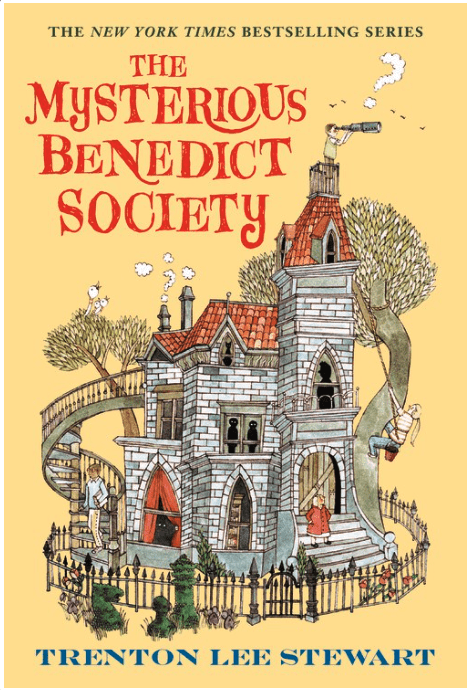
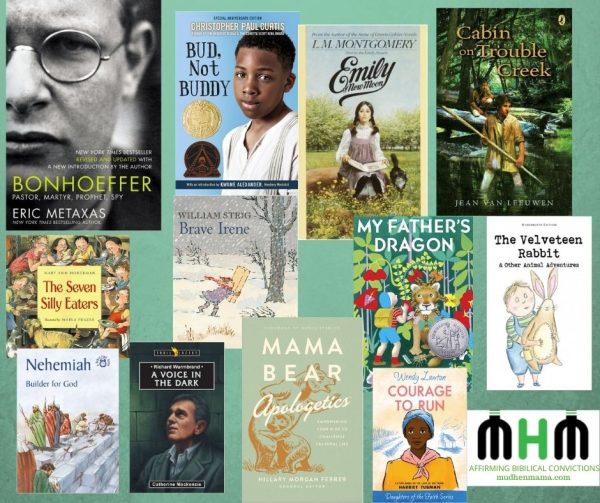
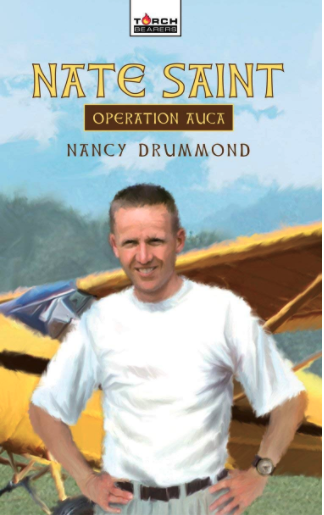
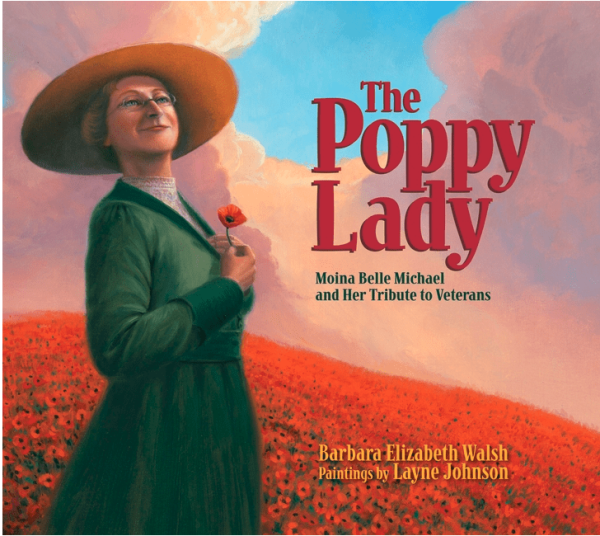
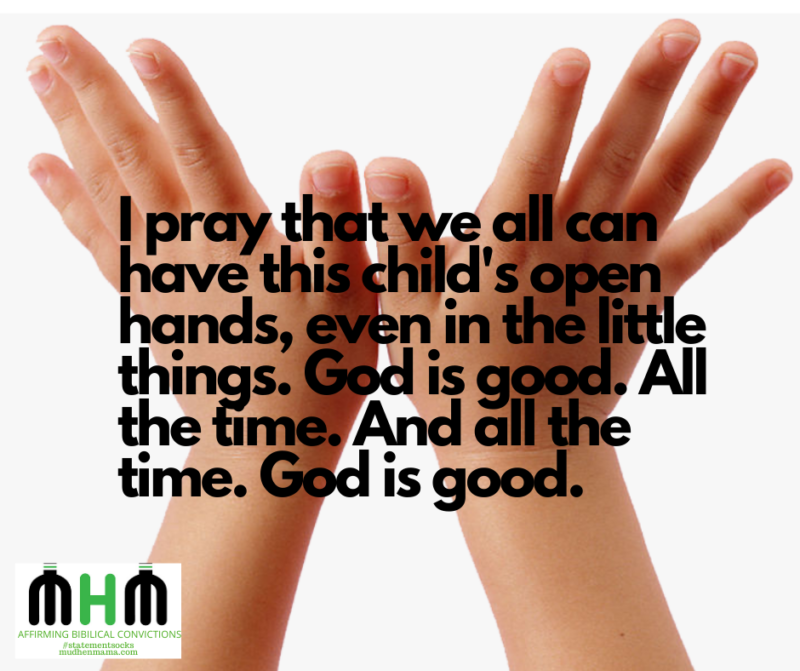
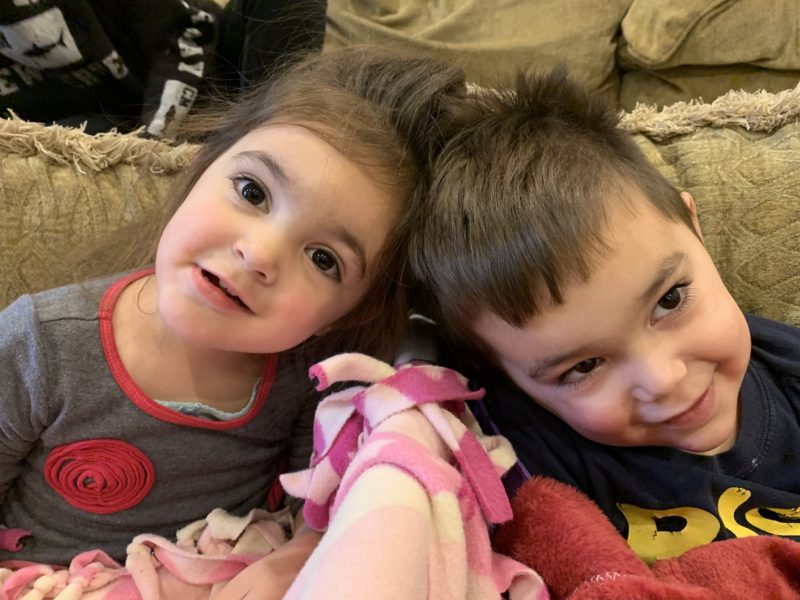
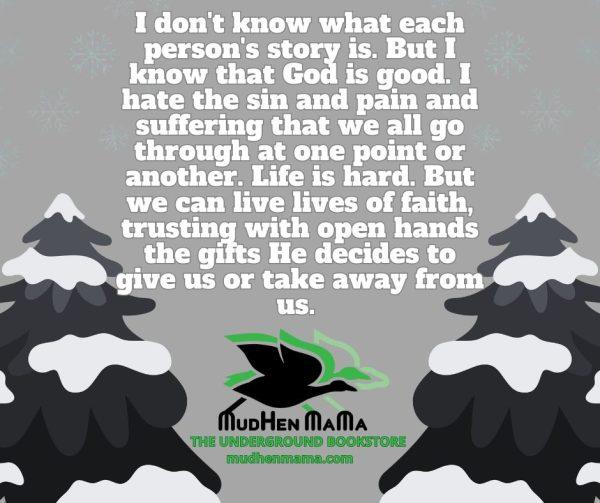



Comments are closed.
Thank you for your thought provoking piece “What do Indian women before 1827 & abortion have in common” I hadn’t heard of the primitive and brutish practice of sati before reading this. Thank you for being a voice for the voiceless. In these days when evil is called good and good is called evil, it is helpful to have this comparison to reflect on as to remind us to not simply look away when there is evil practiced, nor ever to accept it as as something to be normalized.
Amen! Thank you for your comment! It’s easy to get desensitized because it has become such a norm in our society. But we can’t allow that to happen. We must keep reminding ourselves and others what abortion truly is, so we can protect and save the most vulnerable and innocent.